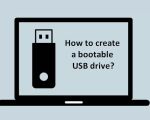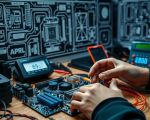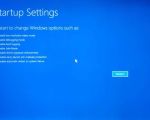How to Repair an Old Computer: Easy Steps for Restoring Your Device
- 1. Understanding the Need to Repair Your Old Computer
- 2. Common Issues with Old Computers and How to Fix Them
- 3. Tools You’ll Need for Repairing Your Old Computer
- 4. Step-by-Step Guide to Repairing Your Old Computer
- 5. Upgrading Your Old Computer for Better Performance
- 6. When to Seek Professional Help for Your Old Computer





























